Anna Is Preparing The Soil
If you're a home gardener who's looking to add together some hostas to your landscape, you'll need to know how to set the soil properly.
Hostas grow best in sandy loam soil that'south rich in organic matter. Hostas adopt a slightly acidic soil pH, with a pH level of vi being optimal. The soil should have skilful drainage and exist kept consistently moist while assuasive excess h2o to drain abroad easily. Soil amendments like compost and rotted manure tin help with nutrient content and tilth, while mulch can help go on the soil moist and cool during the growing season.
Read on to larn all virtually soil for hostas!
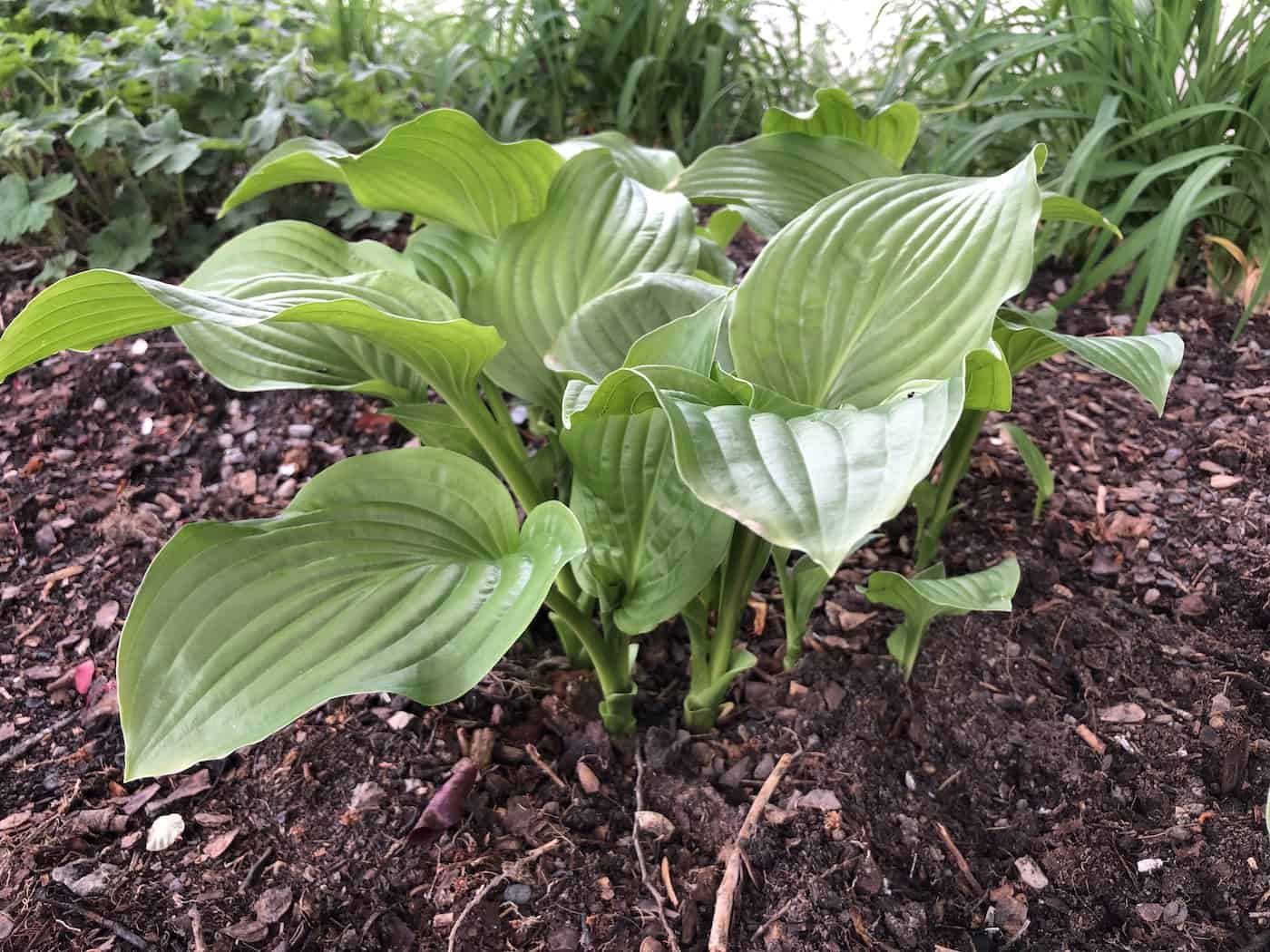
The All-time Soil For Hostas
The best soil for hostas is moist sandy loamy soil with a slightly acidic pH level. These plants besides grow best in soil with proficient drainage, as they require soil that is moist but not overly wet or muddy. Many hosta gardeners start with their native garden soil and amend information technology with organic matter and potentially suit the pH levels to a slightly acidic level. Slow-release fertilizers are also popular for spectacular hosta leafage.
To ensure your hostas and other shade perennials accept the best soil atmospheric condition, you need to know what you're starting with. Become a soil test done before planting your hostas to get an idea of current pH levels, organic matter percent, and nutrient levels. Almost laboratory-quality soil tests include individualized recommendations for soil amendments based on your soil sample and the type of found you'd like to grow (similar hostas in this case).
Here are some of the most popular amendments used to create great soil for your hostas:
- Organic compost (homemade or storebought)
- Coco coir or peat moss
- Perlite or vermiculite
- Natural soil acidifier (sulfur, gypsum)
You tin can also use a potting mix to amend the soil for hostas provided it is a loftier-quality mix that includes some of the to a higher place ingredients. The best potting mixes for hostas and other shade-loving perennial plants are mostly made with a mix of coco coir and/or peat moss for majority and moisture retention plus perlite for air entrainment and some organic compost for found nutrients and soil tilth.
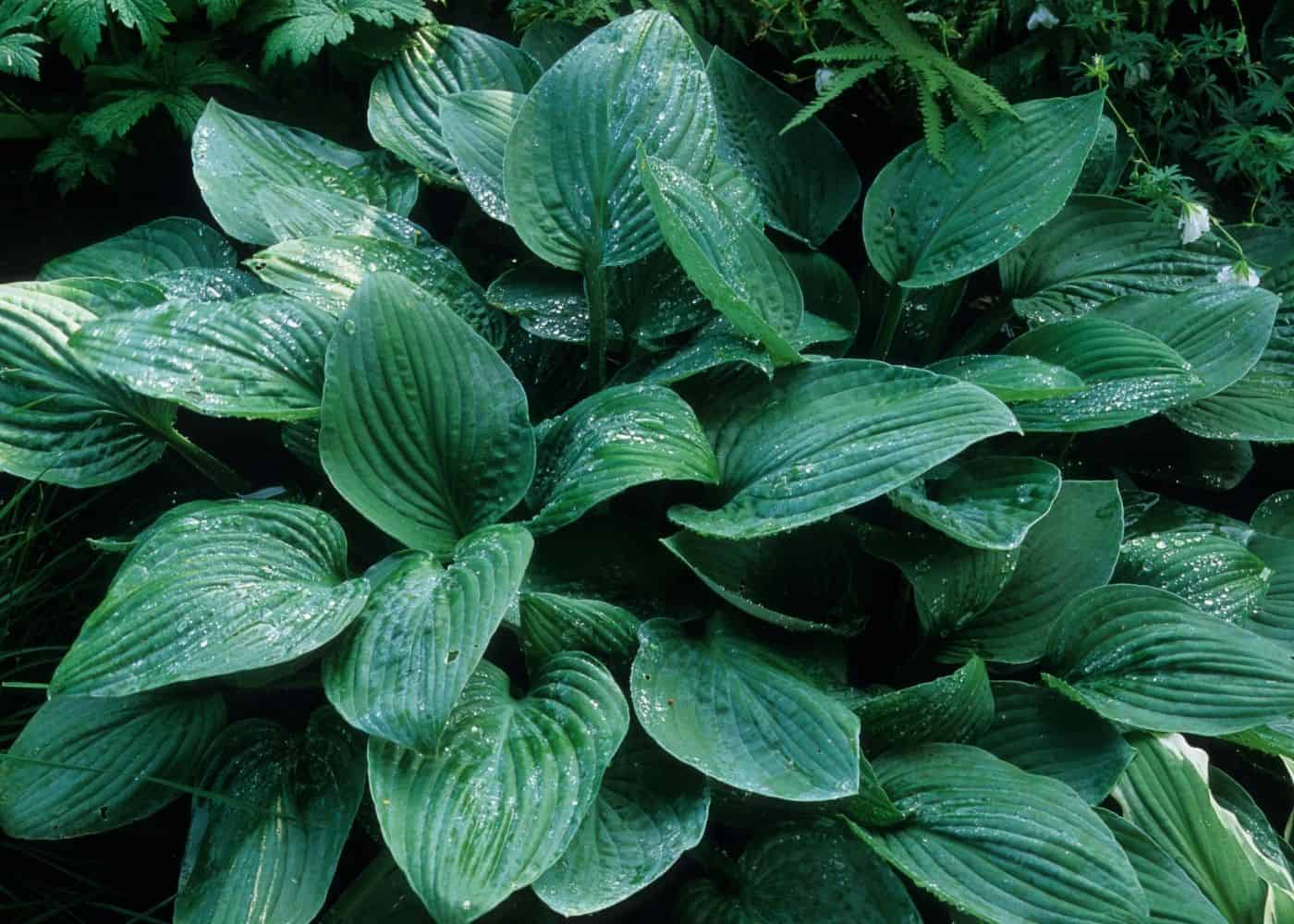
Hosta Soil Requirements
Hostas do not take strict soil requirements and are tolerant of both heavy clay and overly sandy soils. That said, they tend to thrive in friable balanced sandy loam soil that contains adequate organic matter for healthy soil tilth and nutrients. While hostas are tolerant of element of group i soil, they grow best in slightly acidic soil levels.
The soil needs to hold enough water to support healthy growth while allowing excess water to drain away from the roots. Hostas are only tolerant of ponded water for a short amount of fourth dimension, then avert planting them in a depression spot in clay soil where water pools after rainfall.
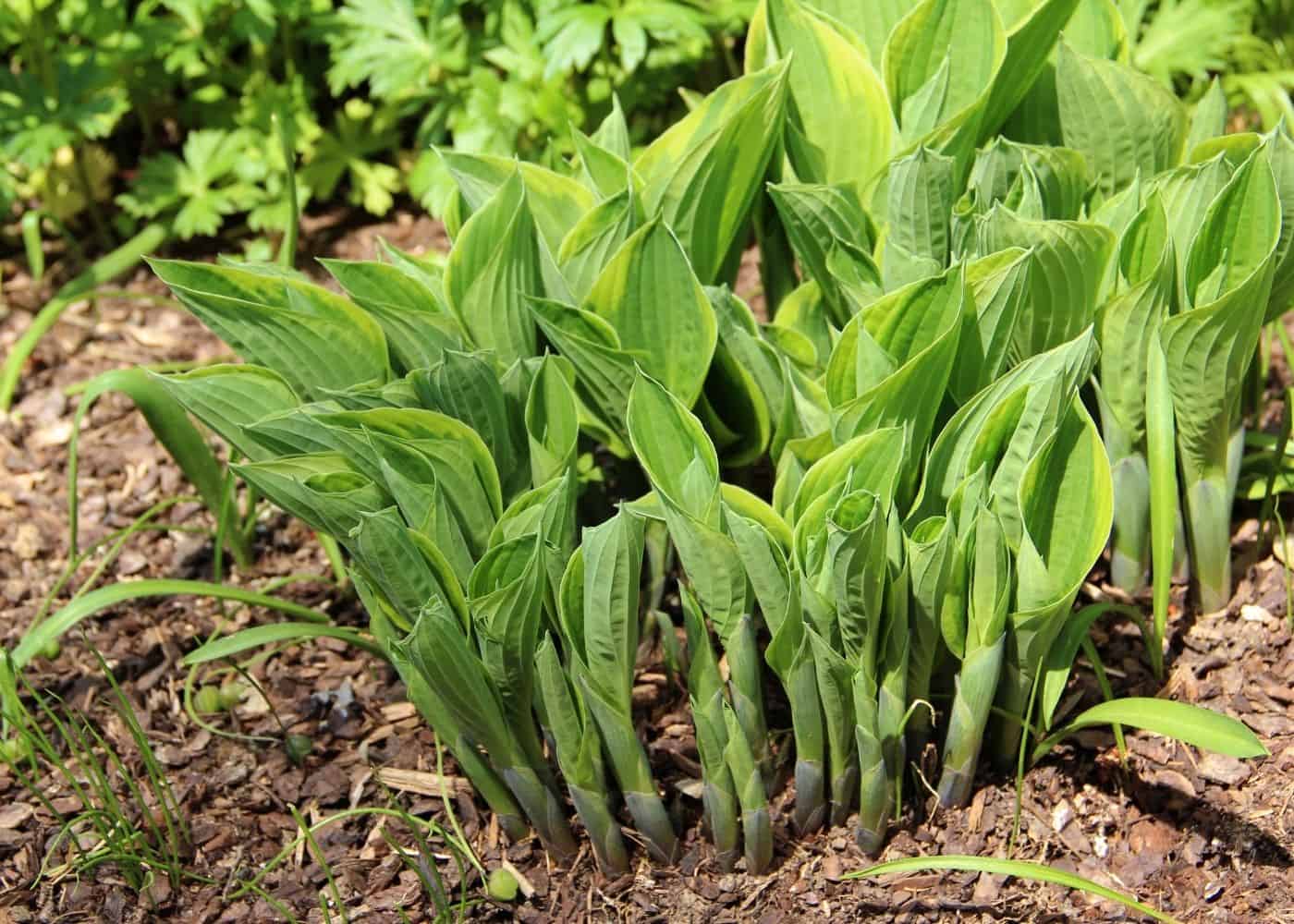
Preparing Soil For Hostas
If you lot're starting with native garden soil, the all-time way to set up it for hostas is to get-go do a soil examination. This volition give you an idea of your current pH levels and nutrient content so you can make the necessary adjustments before planting. Soil tests are generally washed in the early on jump in time to set for the upcoming growing season.
Once you lot have your soil test results, you can start preparing the soil by adjusting the pH levels and adding organic matter every bit needed. You can also add a slow-release fertilizer to provide nutrients throughout the growing season. Hither are some options for each of these amendments:
Soil Amendments For Adjusting pH
Hostas grow all-time in slightly acidic soil with a pH of 6 being optimal. That said, hostas can mostly grow perfectly well in a pH range from almost five to about 7.5 if other environmental weather condition are proficient. Hither are the about common soil amendments for adjusting pH:
- To lower a neutral or element of group i pH down to half dozen, use a natural soil acidifier like sulfur or gypsum
- To raise a very acidic pH upwardly to 6, apply an alkaline amendment similar garden lime.
Soil Amendments For Adding Organic Matter
Hosta roots adopt rich soil that contains a high percent of organic matter. Every bit this is uncommon in nigh residential gardens, many gardeners choose to incorporate additional organic matter into their soil, including options similar
- Homemade compost
- Store-bought compost
- Rotted manure
- Coco coir
- Peat moss
Slow Release Fertilizers For Hostas
Hostas are heavy feeders that often require added mineral nutrients to grow and put on their best bear witness of summer foliage. This is especially true of cultivars with dark green, matte blueish, yellowish, or chartreuse leaves (especially if the leaves have variegation). Some varieties also have showy bong-shaped blooms that do good from added fertilizer. Hither are some practiced options for hosta fertilizer:
- Espoma Holly-Tone Tiresome-Release Fertilizer
- Downward to Earth All Natural Acid Mix Fertilizer
- Organic Claret Meal (naturally high in nitrogen)
- Bone Meal (naturally high in phosphorus)
Most fertilizers with a balanced ratio of nitrogen, phosphorus, and potassium (plus micronutrients) will piece of work well for feeding hosta plants.
How To Prepare Soil For Hostas
Hither are the basic steps for preparing the soil for planting hostas. These steps apply for moist soil textures, including heavy clay soil or overly sandy food-poor soil.
- Enquiry the mature size of the hosta variety. A miniature hosta can be less than a pes broad at maturity while larger species hosta plants can be 6-8 feet wide in diameter in under a decade.
- Clear out whatsoever existing establish droppings from the expected mature footprint of the constitute, including pulling out any weeds and digging out any large roots. Clear an expanse broad plenty to accommodate the mature bore of the leafage rather than but an surface area large enough for a planting hole.
- Dig the soil down to 12-eighteen inches to loosen the existing native soil. Loosen an expanse at least as wide every bit the expected mature spread of the hosta leaves, as the roots generally spread at to the lowest degree every bit far as the aboveground portion (if not wider). Take notation of the natural moisture level of the soil and make sure to break up any big clumps of soil.
- Mix in a soil amendment rich in organic matter like compost (see more options for organic materials listed higher up). Y'all may also wish to mix in a pH adjuster like soil acidifier, besides as some starter transplanting fertilizer like Bio-Tone Starter Plus.
- Remove excess soil from the expanse and rake the amended soil bed flat.
- Give the whole prepared planting surface area a thorough deep watering. Check with a shovel to see that the h2o is penetrating to a depth of at least 6″ into the prepared soil bed.
- Establish the hosta in the prepared garden bed. Mulch the soil with an organic mulch later on planting the hosta.
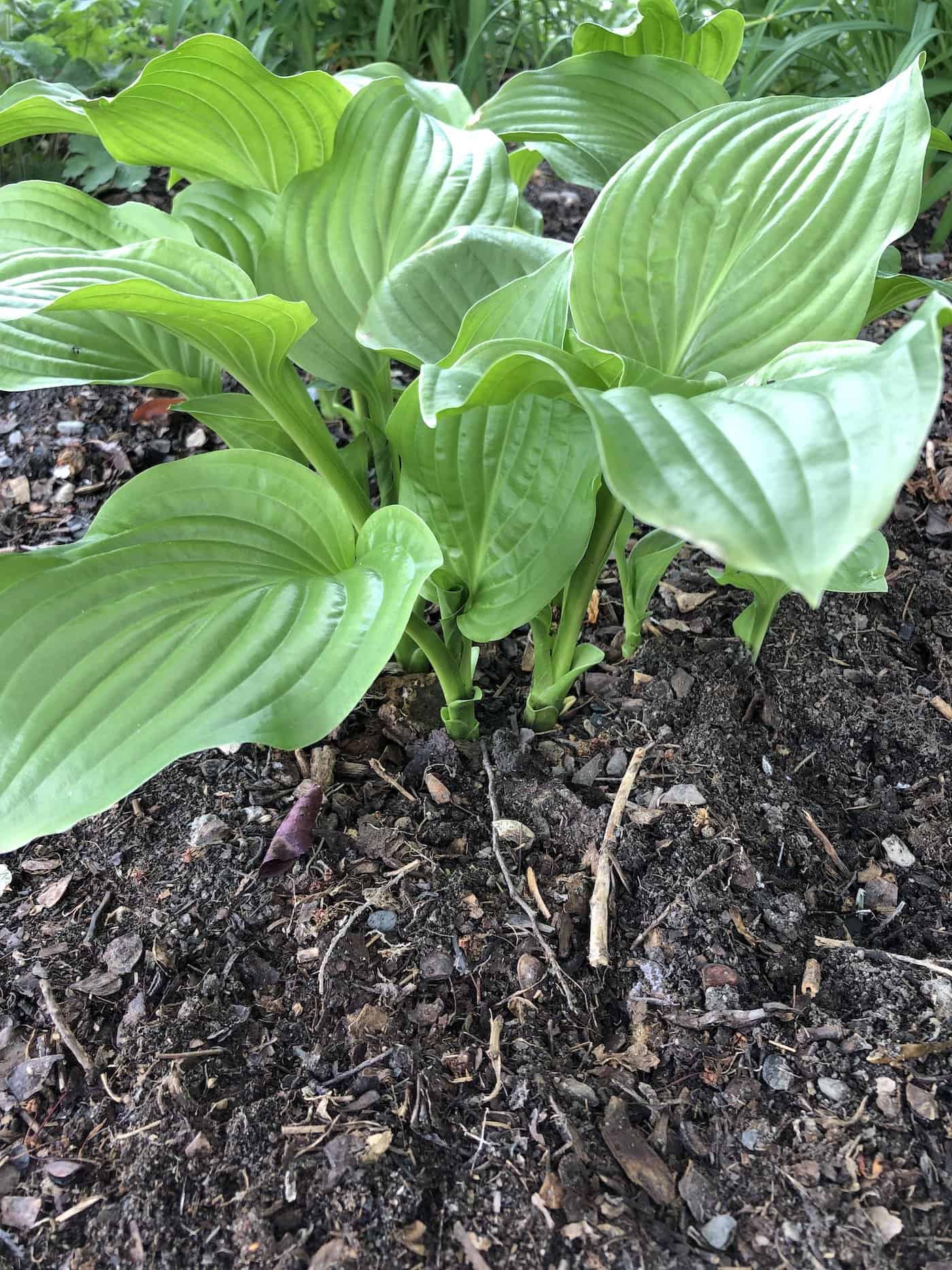
Mulch For Hostas
Mulch is as well an important part of preparing the soil for growing healthy hostas. A good organic mulch helps keep the soil moist during hot atmospheric condition and protects the roots from rapid temperature swings such equally early or late frosts. Organic mulches also provide a gentle stream of nutrients to the hosta roots as they break down into humus on height of the soil. Hosta beds are generally mulched in the bound and once again in autumn.
Hither are some good options for organic mulch to embrace the soil around hostas:
- Compost
- Leaf mold
- Wood chips
- Bark mulch (such as pine bawl)
- Pine needles/pine straw
- Shredded leaves (if slugs are not as well common)
- Straw
A ii-3 inch layer of organic mulch similar leaf mold compost will help keep the soil moist and cool during the hot days of summer and hopefully protect against overly cold temperatures and temperature swings during shoulder seasons. Mulch besides keeps weeds down and creates a cleaner look during the cooler months when hosta foliage has been cutting back. Avoid using shredded leaves equally mulch if pests similar slugs and snails are mutual, as they seem to like to live in shredded leaves (and also beloved to swallow hosta plant stems and leaves).
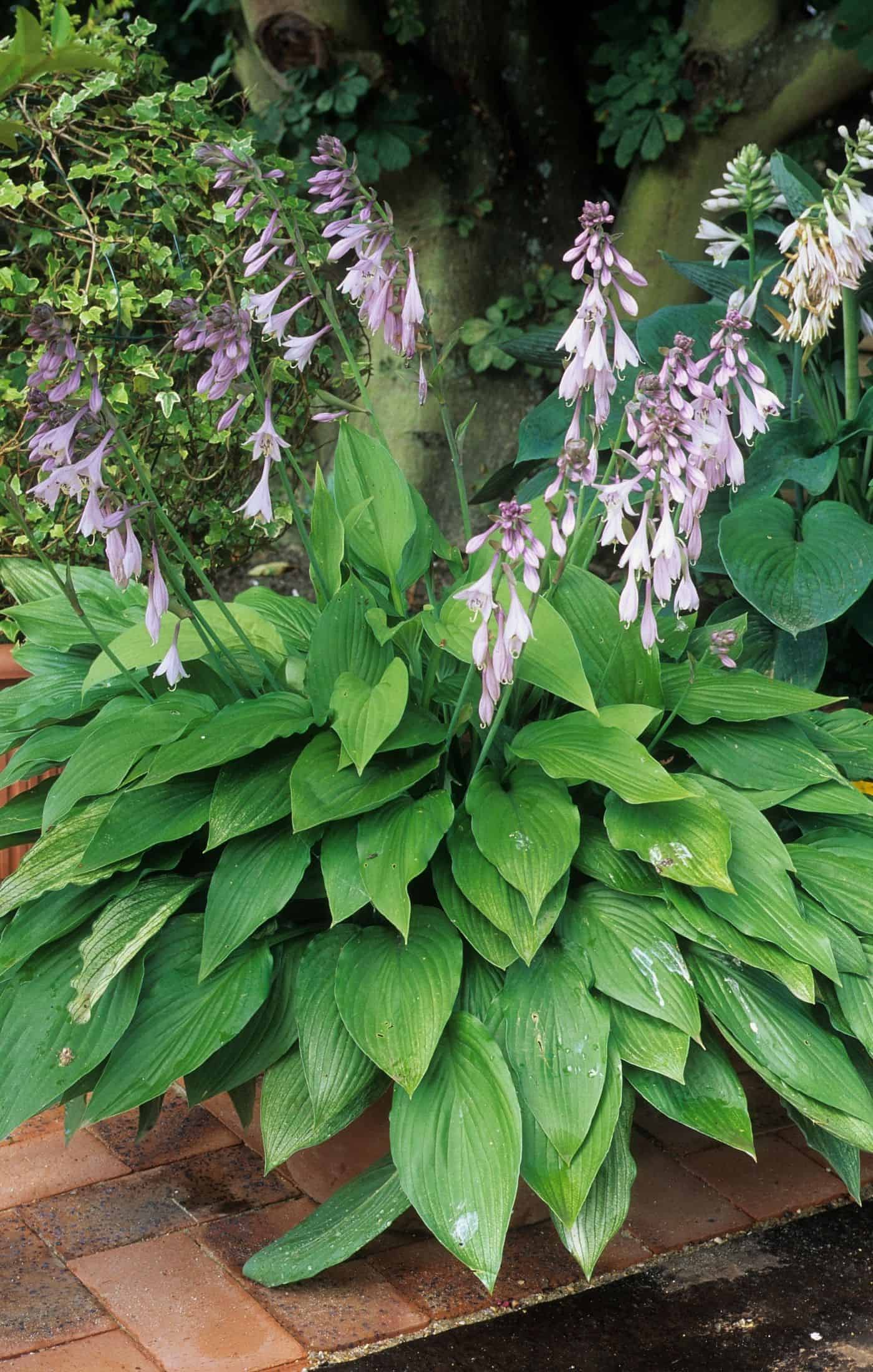
Soil For Hostas Growing In Containers
Hostas in pots grow all-time with a loftier-quality organic potting mix that contains coco coir or peat moss for bulk, perlite or vermiculite for air pockets, and organic compost for tilth and plant nutrients. Virtually hostas grown in pots are smaller cultivar options, ranging from mini hostas to medium-sized hosta varieties. Here are some great potting soil options for growing hostas in pots:
- Espoma Organic Potting Mix
- Nature's Intendance Organic Potting Soil
Large and behemothic hosta varieties are rarely grown in pots, but if they are, the soil mix by and large includes some native topsoil (and the pots must be very wide!)
Anna Is Preparing The Soil,
Source: https://www.homefortheharvest.com/soil-for-hostas/
Posted by: davidsonstan1962.blogspot.com


0 Response to "Anna Is Preparing The Soil"
Post a Comment